You might have noticed that your dog’s head is a little hotter than usual, and be concerned that it’s something to worry about. However, there are many reasons your pup might feel a little on the warm side. Most of these are nothing to worry about. That being said, there are some cases when this could indicate that not all is right in your dog’s world. A warmer-than-normal head could indicate the presence of fever, heatstroke, stress, allergies, or inflammation, for instance.
So, how can you tell the difference between what is normal and what is definitely not? Let’s take a look:
Table of Contents
- What Is The Normal Body Temperature Of Your Dog?
- How Do You Check A Dog’s Temperature?
- 5 Reasons Why Your Dog’s Head Feels Warm
- Frequently Asked Questions
What Is The Normal Body Temperature Of Your Dog?
First things first, what you should understand is that your pup might feel a bit warm to you at all times. That’s because the normal body temperature range for dogs is around 100°F to 102.5°F, whereas the normal body temperature for humans is around 97°F to 99°F.
Naturally, as dogs have a warmer body temperature, your dog’s head will feel warm to you. But if you’re like most dog owners, you’re probably used to cuddling your pup and touching with their face and paws. So, you will probably notice if your pup feels warmer than usual.
It is completely natural for a dog to be a bit warmer after exercise and playtime. However, if your dog’s temperature stays above 102.7°F, you should contact your vet.
How Do You Check A Dog’s Temperature?
My dog’s head is hot! What do I do? Before you rush to the vet, the easiest option is to check your dog’s temperature with a special dog thermometer, which we always recommend that you have on hand. That way, if you’re ever worried about your pup feeling feverish, you can easily check their temperature.
If your dog’s head is hot, you can check their temperature with either a digital or mercury dog thermometer. The most common types of dog thermometers are digital ear thermometers, digital rectal thermometers, and mercury rectal thermometers.
Let’s take a closer look at the three types of thermometers and how to use them to measure your dog’s temperature.
Digital Ear Thermometer
Digital ear thermometers are usually the easiest and most comfortable to use – both for you and your pup. Simply gently place the digital dog ear thermometer in your dog’s ear canal. The most important thing is that you try to keep your pup still – you don’t want to harm their ear canals! And, of course, you should always follow the exact instructions that came with the thermometer.
However, a dog’s ears can change temperature more easily due to hot or cold weather, making ear thermometers less accurate. Just something to keep in mind!
For Fevers
Digital Rectal Thermometer
As you might have already guessed, rectal thermometers aren’t the most comfortable. However, they tend to be the most accurate. That’s because you will be taking the temperature from inside your dog’s body.
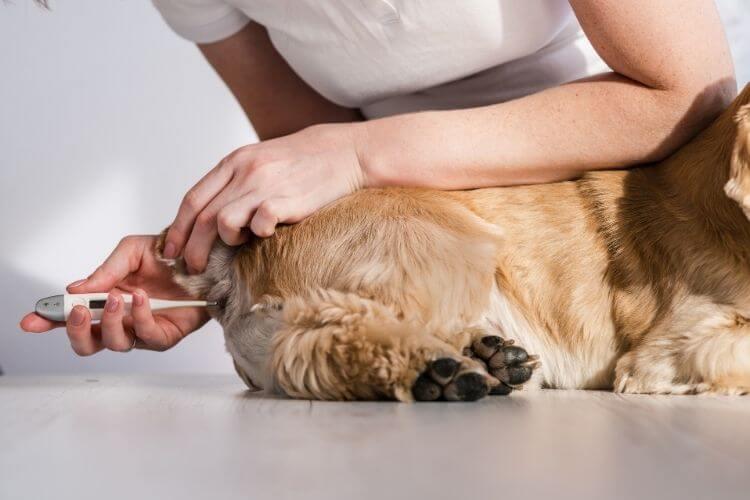
When using a rectal dog thermometer, try to make the whole experience as comfortable for your pup as possible. By no means should you scold or make negative sounding comments. Praise your pup, and keep a favorite toy or a treat nearby so they have some distraction. In addition, make sure that there are no strangers around and that you’re in a calm space.
Lathering a nice portion of peanut butter on a lick mat could work wonders in this scenario!
How to Use a Rectal Dog Thermometer
Firstly, you should always lubricate the tip of the thermometer. You can use petroleum jelly, vegetable oil, or some other safe lubricant. This will help make the insertion a bit less uncomfortable. And again, always follow the instructions that came with the dog thermometer.
The next step is to gently lift your dog’s tail and insert the metal-coated tip about 1 inch into their rectum. You can then lower your dog’s tail, so they feel more comfortable. You might need some help keeping your dog still, but only use someone your pup already trusts. Once your thermometer has beeped, you’re ready to take it out. (And don’t forget to thoroughly clean it afterwards!)
Mercury Rectal Thermometer
Similar to the digital rectal thermometer, you need to place the mercury rectal thermometer inside your dog’s anus. It is usually recommended to opt for digital thermometers, however, as they are safer and a lot less time-consuming.
How To Take Your Dog’s Temperature If You Don’t Have A Thermometer
Understandably, you might not have a thermometer on hand. So, how do you know if your dog has a fever? The second best option is to feel all the places where your dog doesn’t have any hair (or has very little of it).
You can check their nose, ears, paws, groin area, and armpits. If they feel warmer than usual, it might mean your pup has a fever. Also, check your dog’s gums to see any changes like brighter color or dryness. Moreover, if you notice any yellow or green colored discharge coming from their nose, it might indicate an infection.
If you don’t have a dog thermometer and suspect that your dog has a fever, contact your vet as soon as possible. If your dog’s fever gets too high, it can become extremely dangerous.
5 Reasons Why Your Dog’s Head Feels Warm
So, why is my dog’s head hot? Should I worry? Let’s have a look at the most common reasons why your dog’s head is hot.
1. Fever
Just like us humans, dogs can get feverish at times. The most common causes of fever in dogs are infections, inflammation, and toxins they’ve ingested. For instance, infections can be caused by bacteria or viruses, resulting in ear and urinary tract infections, pneumonia, and more. Inflammation can develop because of bites and infected wounds.
Does a Dry Nose Mean Fever?
Even though sometimes a dry nose can be an indication of fever, it does not necessarily mean so. Sick dogs can have wet noses, and perfectly healthy dogs can have dry noses. For example, when your dog is asleep, they won’t lick their nose. Hence, their nose might feel warm and dry after a nap. In addition, exercise dehydration, exposure to sunlight, and heat, cold, or wind can all dry out your pup’s nose.
Other Symptoms to Watch For
What are some other symptoms you should look out for if a fever is present? Usual signs of unwell include:
- Loss of appetite
- Lethargy
- Shivering
- Panting
- Sometimes, vomiting and diarrhea
That’s why it’s important you always keep an eye on your dog’s behavior, so you’ll be able to notice any changes.
What Medicine Can You Give a Dog for Fever?
You should only give your dog medicine if your vet has prescribed one.
Never give your dog any human medications like ibuprofen or paracetamol, as these are extremely toxic for pets.
When Do You Need to Take Your Dog to the Vet?
If your dog has a body temperature over 103°F, you should contact your vet immediately. If your dog’s body temperature has reached 105°F, an urgent vet visit is necessary.
2. Dog’s Natural Cooling Process
Another reason why your dog’s head is hot might be that their body is, in fact, cooling down. Dogs have the ability to naturally regulate their body temperature by transporting warm blood to the head. Therefore, your dog’s head might feel warmer than usual. (Panting also helps this process!)
Why the head? Because the ears and nose loses heat quicker than other body parts.
3. Atmospheric Condition Of Your Dog’s Location Or Habitat
Similarly to the environment making your dog’s nose dry, it can also cause your dog’s body temperature to rise. For example, when your pup has been in direct sunlight for a while, their head will probably get hot.
It’s important that you provide your dog a comfortable living space. For instance, if you have a fireplace, make sure that your dog can move to a cooler room if they start feeling uncomfortable.
What Temperature Should Dogs Sleep In?
Likewise, what room temp is good for puppies? For adult Doodles and puppies a few months of age, room temperature of around 69°F to 72°F is usually comfortable. Of course, the thicker the coat, the warmer your pup will feel, and will probably appreciate a slightly cooler environment.
4. Stress
Stress can be another reason why your dog’s head is warm. Fortunately, this should pass quickly, as stressful situations usually don’t last for too long. The most common stressors are:
- Thunderstorms
- Fireworks
- Meeting new animals
- Change of environment
- Being attacked by other dogs/animals
5. Vaccination Side Effects
If you’ve just gotten your dog vaccinated and notice that they feel a bit warmer than usual, then you probably don’t have anything to worry about. It’s not uncommon for dogs (or humans!) to develop a small fever after getting vaccinations.
Usually, this will only last for around 24-48 hours. However, if you notice any unusual behavior or feel that something’s wrong, always contact your vet to be safe. Having a dog thermometer is especially useful in these cases!
Frequently Asked Questions
A puppy can feel warm for the same reasons as adult dogs. However, as a puppy has not yet fully developed and grown into an adult, it’s best to contact your vet as soon as possible to avoid any health issues.
My dog’s head is hot. What should I do? If your Doodle’s temperature is between 102.7°F and 103°F you can try some easy home remedies. First make sure that they have enough cold water to drink, as it helps them cool down. Also, you can soak a towel or a cloth in cold water and apply it on your Doodle’s ears and paws. But don’t continue this once pup’s temp has gone below 102.7°F.
Never give your dog any human medications like aspirin, paracetamol, or acetaminophen to lower the fever. In case of fever, contact your vet and follow their exact guidelines for treatment. If your Doodle’s fever has reached 103°F, you should take your pup to see the vet.
As the loss of appetite is common in dogs with fever, you should provide your Doodle foods that are palatable and nutrient dense. There are special dog food formulas, which your vet will be able to recommend to you.
In conclusion, your dog’s head can get hot from time to time due to a variety of reasons. Luckily, most of the time it’s nothing to worry about. The important thing is that you keep an eye on your dog’s behavior and contact your vet as soon as you notice anything unusual or worrying. Also, we recommend all dog owners have a dog thermometer, so you can check your dog’s temperature to be safe.
Learn How to Stop Shavedowns For Good & Keep Matting At Bay!

Discover the PROPER Doodle coat care routine that gets your pup to cooperate…helps you nip tangles in the bud…and gets groomers to do exactly what you want.
Plus, get $520 worth of Bonus Materials for FREE, including:- Doodle Parenthood Community and Support Group ($190 value)
- Custom Doodle Coat Care Plan Lifetime Access ($75 value)
- Easy to Use Doodle Grooming Tracker ($20 value)
- And MORE!
The information on this page is for informational purposes only. It is not intended to be a substitute for qualified professional veterinary advice, diagnosis, or treatment. Always seek the advice of your veterinarian or other qualified animal health provider with any questions you may have.

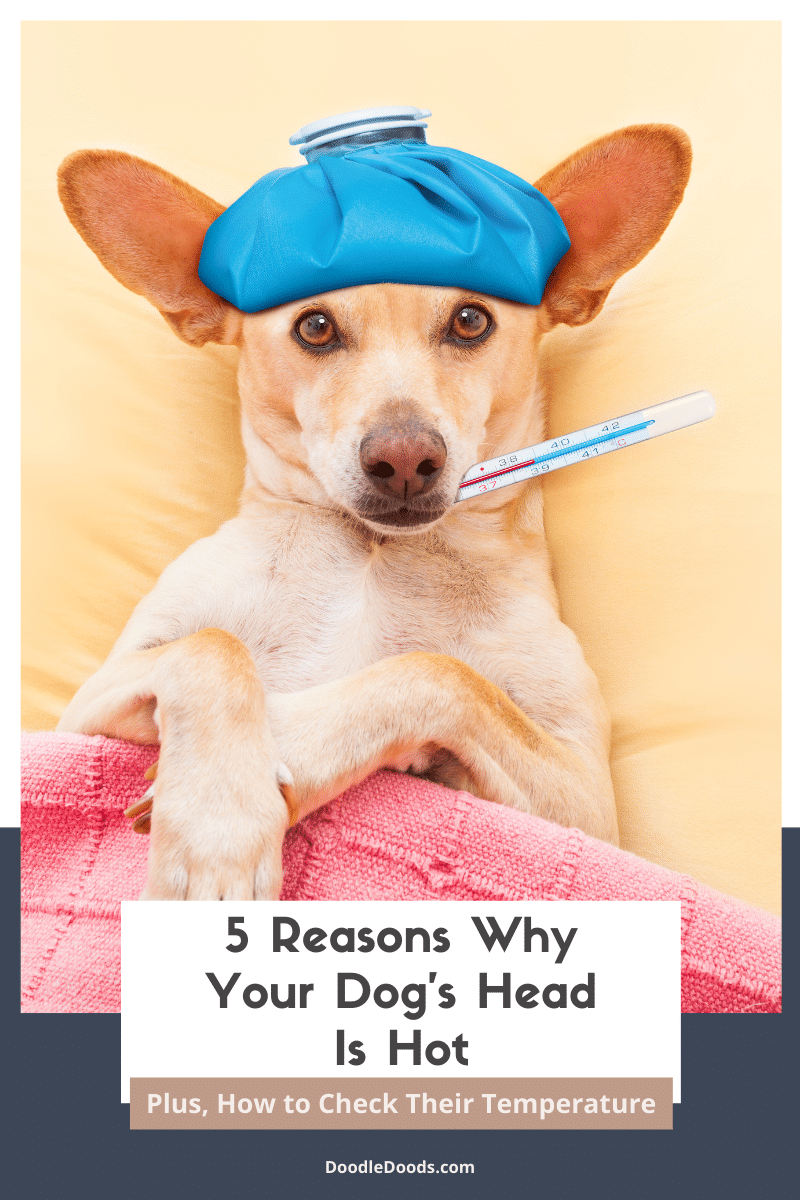

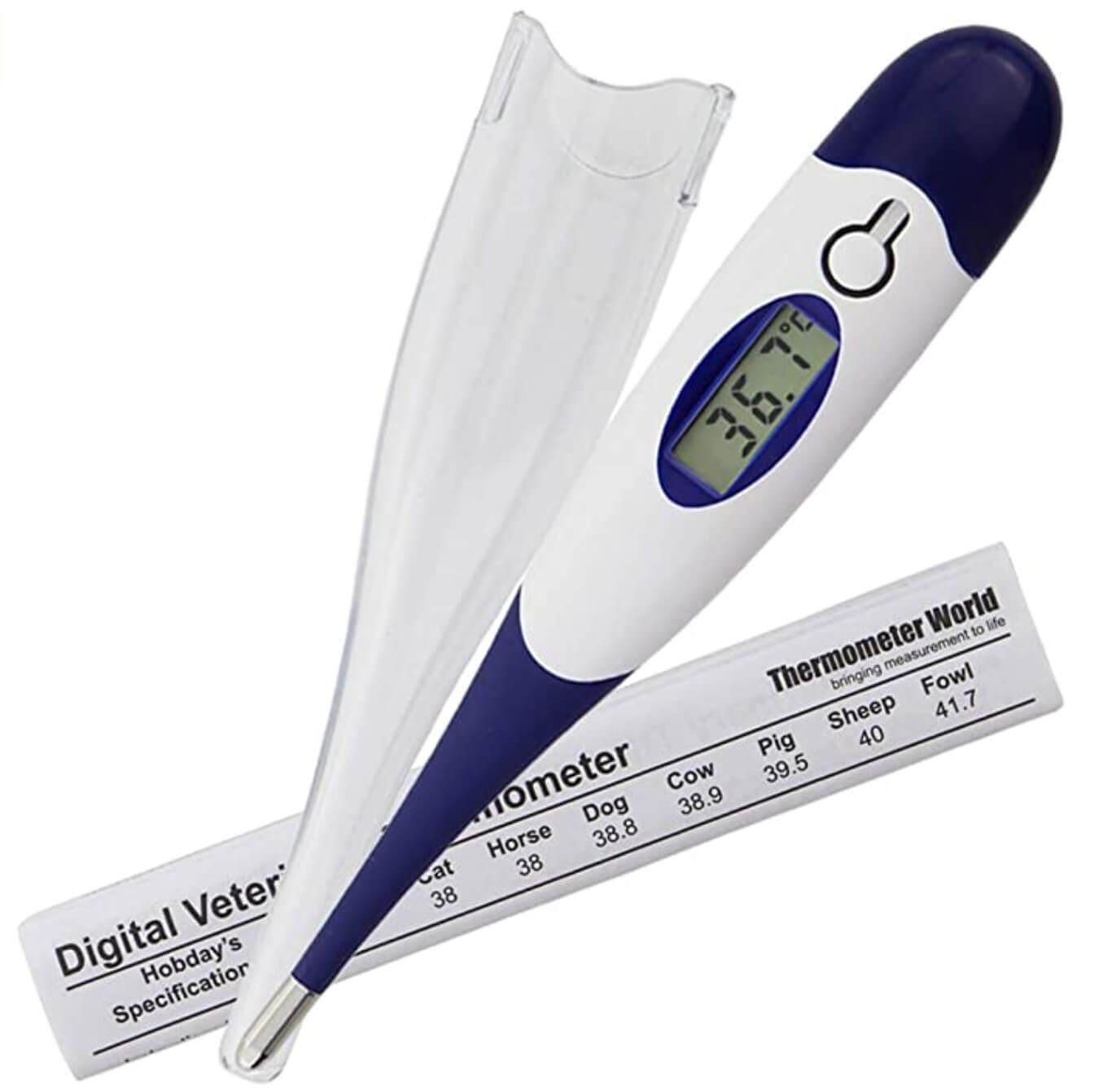

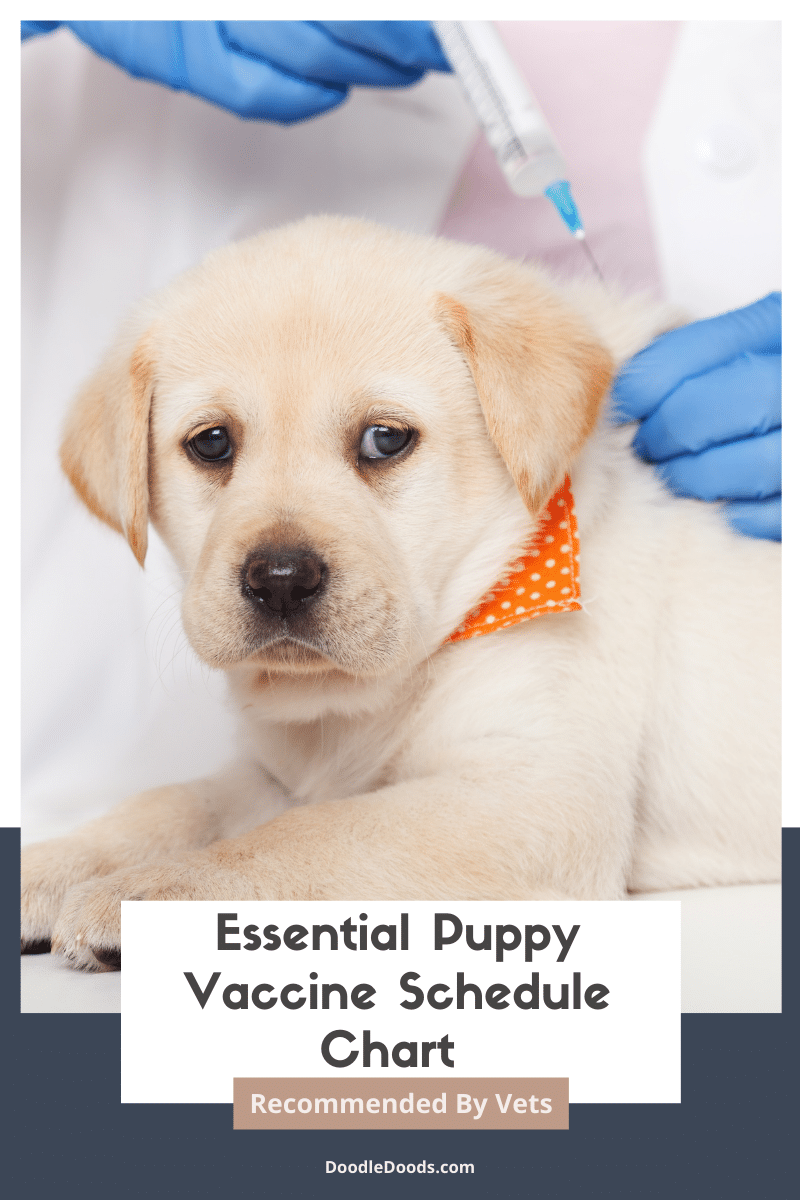



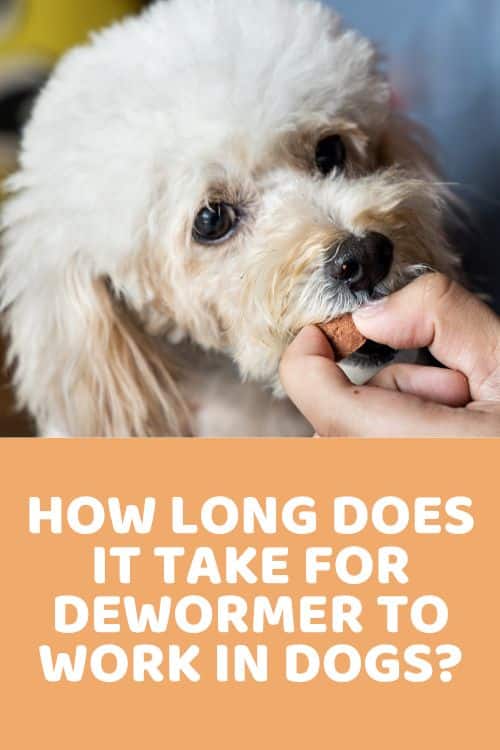

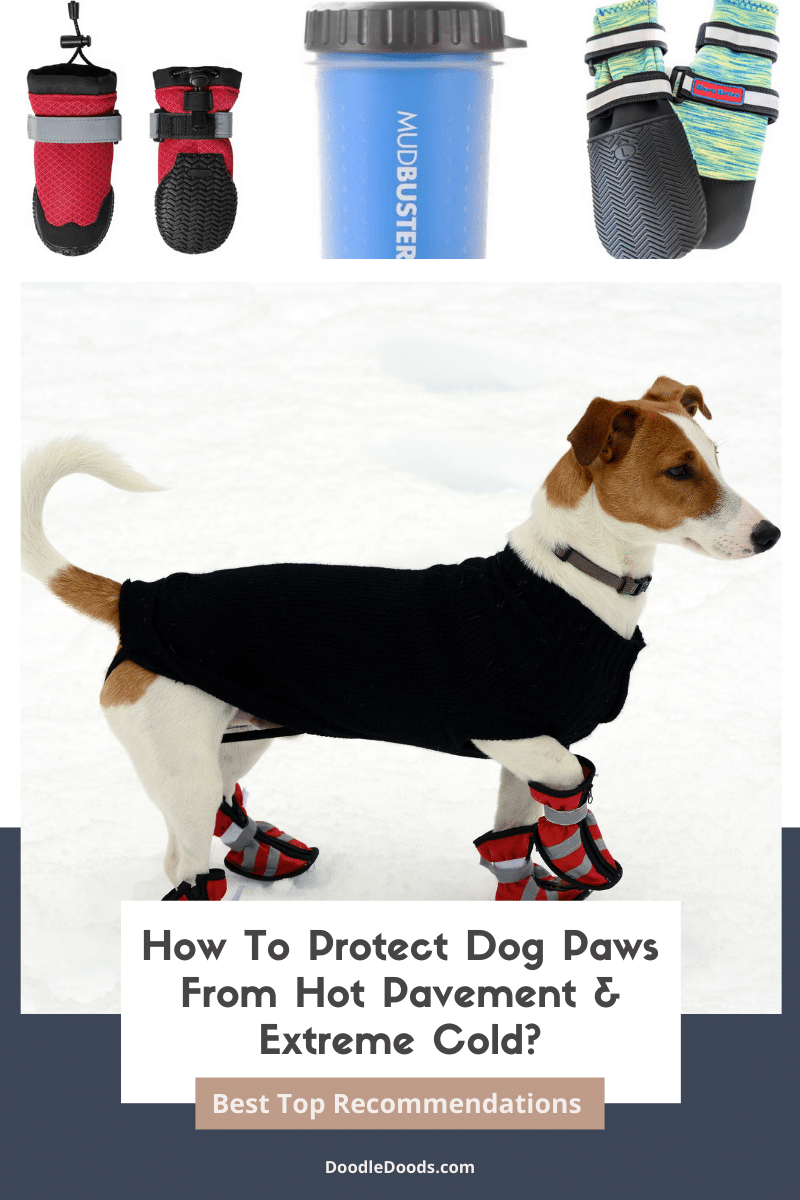


Great details about how to know if your dog has a temperature. While I don’t take my dog’s temperature per se, I will feel the inside of his ears (much like you can with a human on a forehead with the back of a hand). My dog, Henry, has floppy ears. So, it’s easy for me to place the back of my hand on his skin in the inside of his ear and feel if it’s very warm or cool. He generally feels warm so, anything that differs from that is a red flag to me. However, I’ve been eyeing an ear thermometer for a better idea of how he feels. There’s no way I’d ever do a bum thermometer on one of my critters. I figure if I wouldn’t like it, I’m not putting them through it if at all possible.
Really good information. I’m sharing with my dog friends.
March 18, 2022 at 2:58 pm